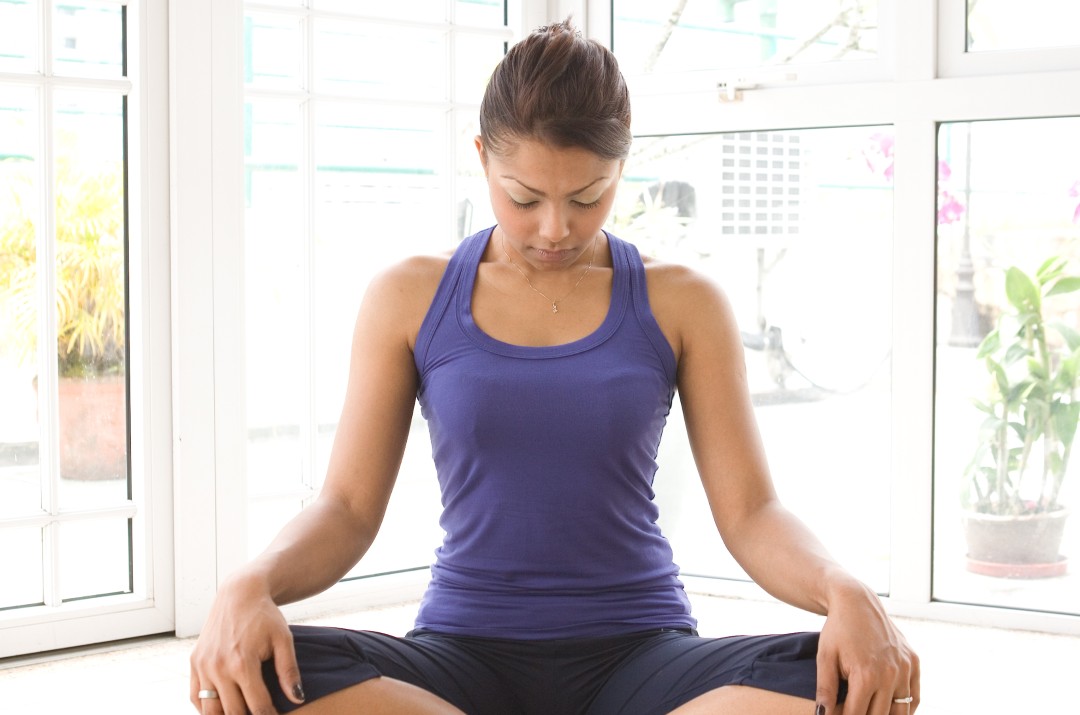As a healthcare practitioner, we are sure that your patients or clients often complain about neck pain, including tight muscles between the head and torso? You are probably used to hearing about these ailments, as well as associated headaches that come along with neck pain.
Up to an estimated one in three people experience neck pain each year, and rates are escalating, in partial thanks to “tech neck.”
Unfortunately, the sudden need to work from home due to coronavirus has exacerbated many people’s symptoms due to ill-equipped at-home setups.
For this reason, it is important for you to share stretches for neck pain with your clients or patients. Because your advice matters to them.
To help you get started, we invite you to share these 5 stretches with your patients or clients to help them relieve their neck pain at home when they are unable to visit your practice.
Benefits of Stretches for Neck Pain
Daily stretching has many benefits, including:
- Increased flexibility, allowing for a greater range of motion and encouraging easier movement
- Increased blood flow
- Improved joint function
- Moments of mindfulness that contribute to calm and reduced pain
Most importantly, stretching can provide relief from discomfort and may even prevent future episodes of pain.
Download FREE marketing resources for your practice.
Top 5 Stretches for Neck Pain
These 5 stretches for neck pain are easy to teach, simple to do, and can be performed with varying levels of tolerance.
Each stretch should be held for 30 second intervals with brief 10 second rests in between repetitions. We recommend 3-5 repetions per set. When in the hold phase, ask your patients to gently press their head against the applied resistance.This is known as proprioceptive neuromuscular facilitation (PNF) stretching, which can improve results.
Note: These stretches can be completed as simple chair exercises rather than standing or sitting on the floor. Chair exercises for seniors and for those who work long hours in a seated position are perfect!
1. Upper Trapezius Stretch

You can begin teaching this stretch by directing your patients or clients to rub between the top of their shoulder and the base of the neck, much like they probably already do when their neck hurts. You can explain that this help stretch the upper trapezius muscle, if you’d like to include your clinical expertise.
- Ask your patients or clients to start with a seated upright posture, looking forward.
- Ask your patients or clients to tilt their head to the right side.
- Invite your patients or clients to raise their right arm over their head and place their hand near their left temple.
- Finally, ask them to gently increase pressure as they bring the right ear towards the right shoulder so the stretch is felt along the left side of the neck.
- Mirror and repeat on the other side.
2. Levator Scapulae Stretch

Help your patients or clients stretch their levator scapulae muscle so they can get relief in the back and side of the neck. This stretch requires only a slight variation on the upper trapezius stretch:
- Invite your patients or clients to start with the same posture and contact as before.
- Direct them to rotate their head toward their right armpit.
- Your patients or clients should apply gentle pressure at a 45-degree angle to direct the head down towards the right knee.
- They should feel the stretch further towards the back.
- Mirror and repeat on the other side.
3. Scalene and Sternocleidomastoid Stretch

Because we spend so much time sitting, the muscles at the front of the neck can become contracted and sore. The scalene and the sternocleidomastoid muscles are commonly involved in this contraction, so stretching can make a great difference.
Scalene stretching also requires only a slight variation on the upper trapezius stretch.
- Invite your patients or clients to begin with the same posture and contact as before, with their head tilted to the right.
- Ask your clients or patients to rotate their head to look up towards the ceiling while applying gently pressure with their hand.
- Your patient should feel the muscles to the front of the neck stretch.
- Ask your patient or client to mirror the pose on the other side.
4. Suboccipital Stretch

When the suboccipital muscles are tight, they can trigger headaches as well as neck pain. Therefore, you can advise your clients or patients to relieve that pressure at the base of the skull with a little stretching.
To stretch, direct your patient to sit upright and look forward.
- Invite your patients or clients to tuck their chin in toward their chest and down as they hold it in place with their right hand. They can also make a fist and use it to place gentle pressure downwards on their chin.
- Ask them to raise their left hand, place it on the back of their skull, and use it to push the head.
- Next, while holding this position, ask them to tilt the head to one side and hold.
- Then to the other side and hold.
5. Chin Tuck

- Invite your patient or client to place a rolled towel beneath their neck for support. (Make sure the back of the head is touching the floor).
- Next, ask your patient or client to move your chin toward their chest.
- Hold the position and release.
Neck Pain Relief is Possible With Stretching
These 5 stretches for neck pain are simple and effective. Performed daily, they may help your patients or clients ease spasms and discomfort. They may even help prevent future episodes.
You can also recommend a CBD CLINIC™ topical pain reliever to help temporarily relieve those muscle aches before or after performing these stretches. Be sure to add this combination to your after-care plan.
If you’d like to learn more about how to include our products in your aftercare plan, we also suggest you read our article, “How to use CBD CLINIC at Home.
Want to learn more about ways you can help your patients or clients no matter where you are?
You are invited to join our community on Facebook, Instagram, Twitter, and LinkedIn to stay up-to-date. If you are a licensed healthcare professional, you are also invited to join our exclusive private group.
